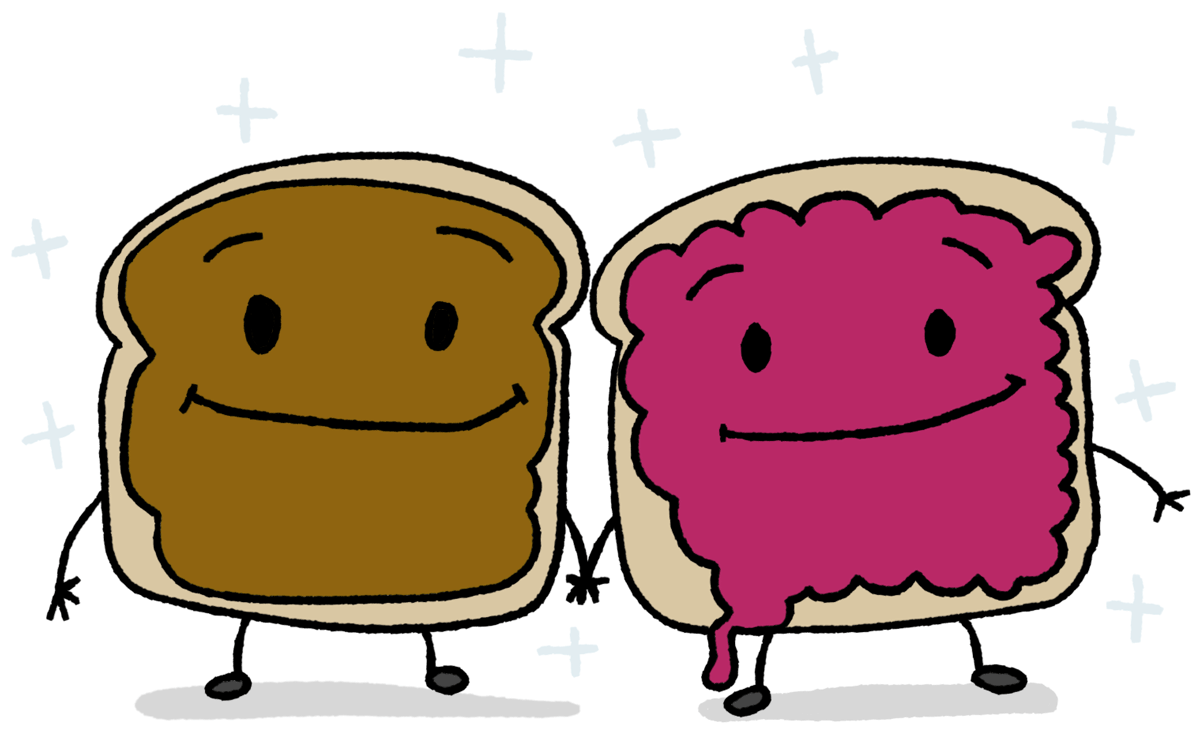The Problem with “Them”
TL;DR: Treating your customer’s problems as your own is a sensible way to strengthen your business.

The business world often operates as “us” or “them”. I blame this in part on pick-up culture, which reduces relationships to a cheap game. This mindset is simplistic: get in, get out, and move on. (Or: “score”.) Such thinking is bad for everyone. The player behaves poorly (and fails to see the benefits of a relationship). The target is treated as a means-to-an-end. And, everyone else is left fearful of getting played.
How othering hurts everyone
Let’s consider the average car dealership.1 The moment a salesperson approaches, you get anxious—knowing they’re going to play you. He then tries to build trust, which you’re apprehensive of. Then, you’re subjected to a ritual of him “presenting the deal to his manager.” They prolong the interaction—to make you more compliant.
Once finished, you feel almost violated, and want to get the hell out of that place. Most of us have been here, and it’s hardly a way to build a relationship. It doesn’t need to be this way, though.
If car salespeople reframed their approach to be more like an actual relationship, they’d enjoy a lifetime of sales and referrals. The car business won’t change, though. It’s entrenched in a short-term mindset. Your business can be different.
“It is literally true that you can succeed best and quickest by helping others to succeed.”
—Napolean Hill
Building a bridge
Forming a relationship involves more than putting the word in your title. (What’s a “Customer Relationship Specialist”, anyway?) But it’s not much more difficult, either. In fact, it boils down to speaking about “us”, when relating to your customers.
Most frame business in binary terms. There’s us, and there’s them. This mindset states that in order for us to get something, they need to give it up. This is limiting. It turns what could be beneficial for both, into a zero-sum game. It leads both parties to become defensive and reactive.
It also diminishes your understanding of your customer’s needs. This thinking reduces living, breathing humans into simplistic personas, or “target” numbers. This inhibits empathy—which weakens your ability to communicate.
Your customer is part of your team, like the air you breathe is a part of your body. Without it, you’re finished. Your customer isn’t some resource for you to deplete and move on from. You share in your customer’s fate. If they have a bad year, they can’t buy from you. But, if you help them prosper, they’re better able to work with you again.
A backstage pass
Relationships are symbiotic. I help Gary and Amber at Saltspring Soapworks craft a growth plan, and it’s successful. In turn, they have more money to engage my company. As we progress, their profits grow, and they are increasingly eager to hire me again. Year after year, both of our organizations become healthier, because our motivations are one in the same.
I don’t think of Saltspring Soapworks as a smashLAB customer. I see smashLAB as part of the Saltspring team. I act as though I’m their employee. I ask what’s good for their company first, and focus on those needs. In turn, I gain certain benefits that might elude others.
To Gary and Amber, I’m an insider. They tell me exactly what’s going on in their business. They share what they struggle with, and what works. This means I know what to sell them, and what moves the needle for their company. This is valuable insight, that’d be impossible for a competing studio to gain.
The part that’s most important for me, is the recurring nature of this work. Due to the nature of this relationship, I don’t need to pursue new work. Nope. A few clients like this are all I need. Should you do the same, a few key clients can help you even out your cash flow, bypass sales calls, and stop responding to RFPs.
The price of us
The downside of relationships is that they aren’t instant. Trust takes time. (Gary called me a dozen, or so, times before first engaging us. He was pretty unsure at the outset.) So, you’ll need some patience.
Another possible downside to this mindset is in sometimes needing to take a hit. I’ve often found myself telling a client that they shouldn’t spend money with us—knowing there’s a lower-cost option that’ll work better. I admit it: This sort of sucks. But, it does go a long way to proving your trustworthiness. In time, this also leads to new opportunities.
One other cautionary point: some customers aren’t relationship-material. This might not be their fault. Some got taken advantage of in the past, or are in a different place. So, even though you are respectful doesn’t mean they’ll match your behavior. Don’t let this compromise your integrity. The upsides are too great to forgo, for one or two outliers.
“If you want to lift yourself up, lift up someone else.”
—Booker T. Washington
Homework
This homework assignment seems small, but is powerful. From now on use the word “us”, when referring to your customers. This goes for one-on-one conversations with your customers. It also holds when talking one-on-one with your customers.
—
- I appreciate that some people working for car dealerships behave well. That said, there’s a systemic problem in dealerships that’s difficult to ignore. As such, it makes these operations a good example for this post.
I’m @karj and the above is just my opinion. Looking for more? Here’s a full list of articles and information on my books. This is what I’m doing now, and what I don’t do. I’d love it if you tried Emetti on your website!